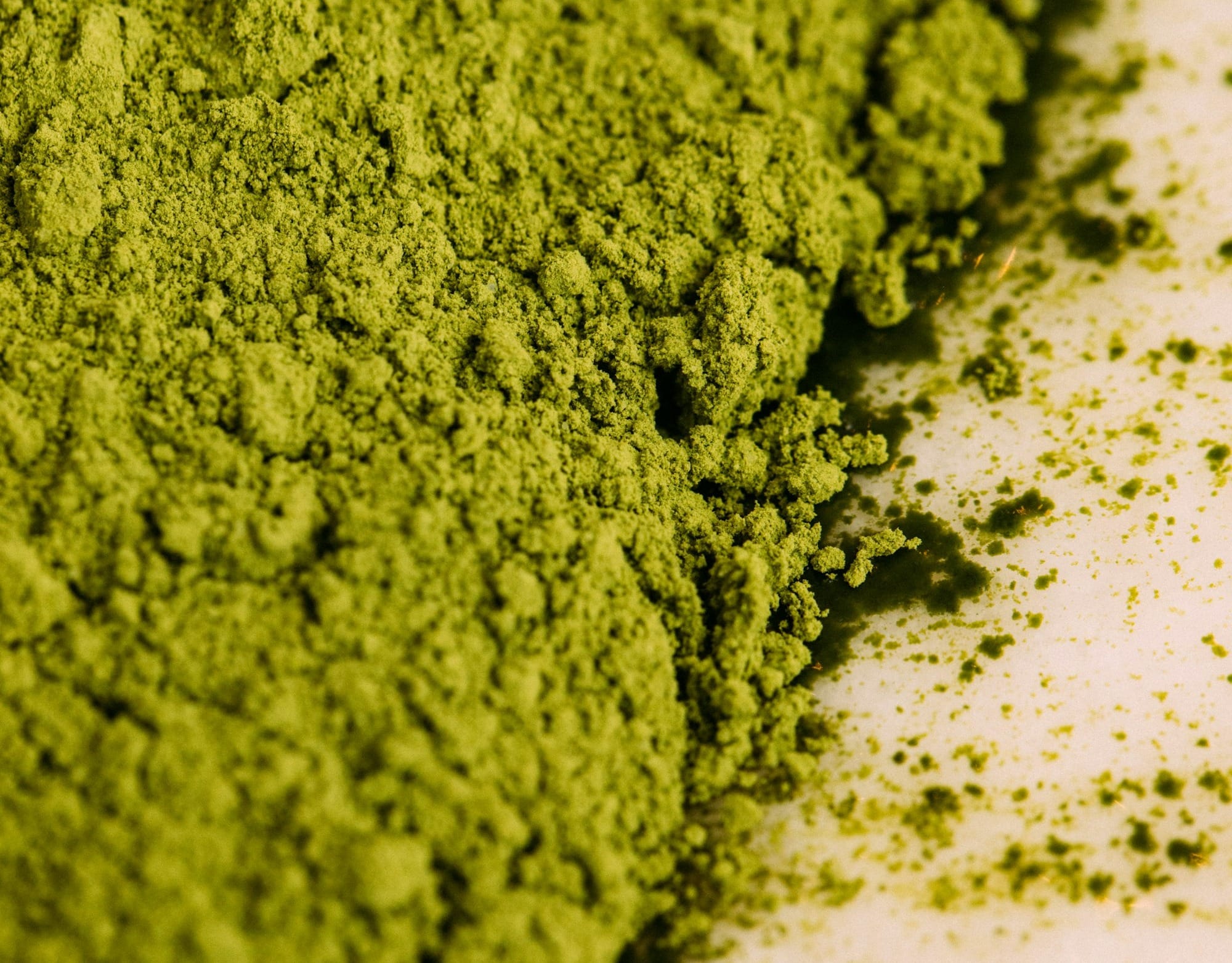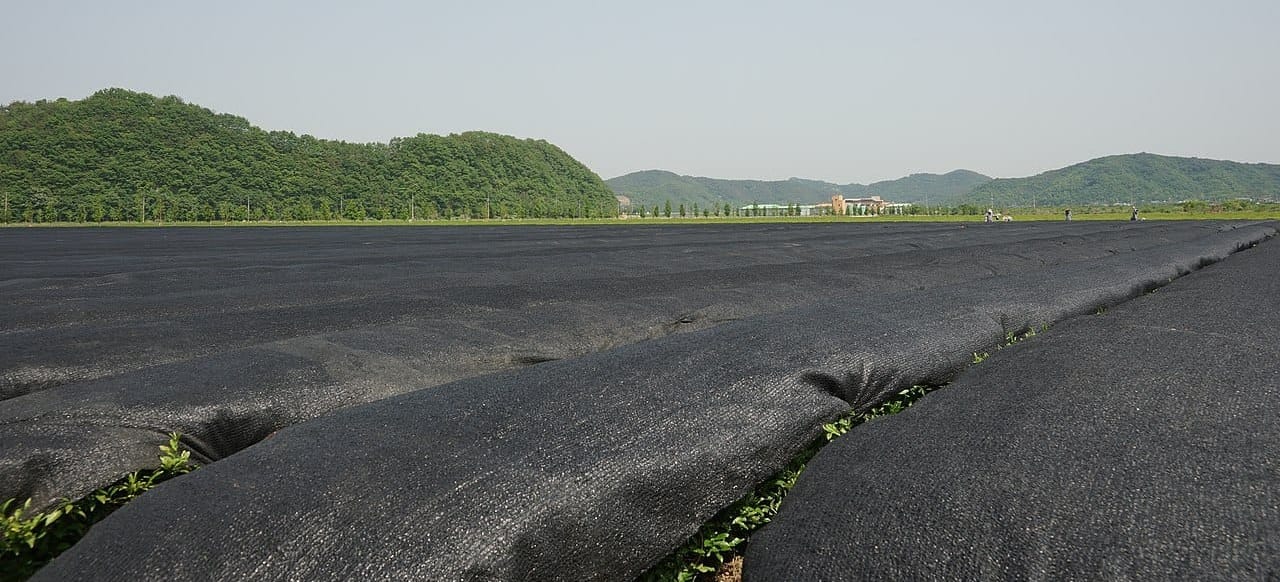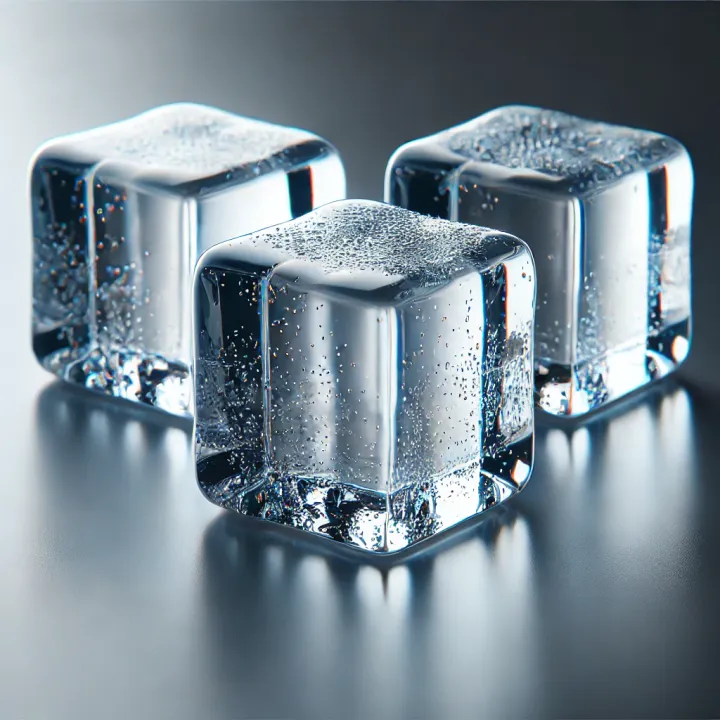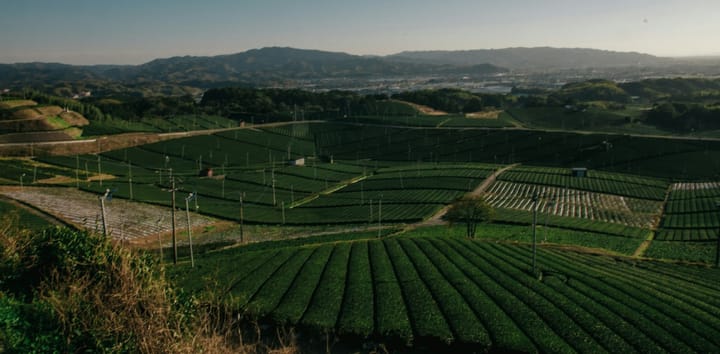Reasons Behind the High Cost of Japanese Ceremonial-Grade Matcha
Matcha, a finely ground green tea powder, is rich in antioxidants and prized for its health benefits. It can be enjoyed as traditional tea or a green tea latte, offering a smooth, vibrant drink—if you opt for high-quality matcha. But what makes ceremonial-grade matcha special and so expensive?

In the world of matcha, appearances can be deceiving. While many brands claim to offer ceremonial-grade matcha—the highest quality available—the market is often flooded with inferior products posing as premium.
True ceremonial-grade matcha, distinguished by its vibrant green color and smooth, complex flavor, plays a central role in Japanese tea ceremonies.
Despite dissolving quickly in water, producing this exceptional tea takes a full year of meticulous cultivation.
So, what truly sets ceremonial-grade matcha apart, and why is it so expensive?

What is Ceremonial-grade Matcha?
Ceremonial-grade matcha is the highest quality of matcha green tea, traditionally used in Japanese tea ceremonies, where it holds deep cultural and spiritual significance.
This exceptional grade is crafted from the youngest, most tender tea leaves, which are shade-grown for several weeks to enhance their chlorophyll and amino acid content, particularly L-theanine, resulting in a vibrant emerald green powder with a smooth, umami-rich flavor and a naturally sweet aftertaste.
The leaves are meticulously handpicked, steamed to prevent oxidation, and stone-ground into an ultra-fine powder using granite mills, a process that is slow and labor-intensive but preserves the tea’s delicate flavor and nutritional properties.
This painstaking method, along with the rarity of the finest leaves, contributes to the premium price of ceremonial-grade matcha, which is intended to be enjoyed in its purest form, whisked into water without any additives, allowing its rich, creamy texture and complex flavor to be fully appreciated in the meditative practice of the tea ceremony.
The origins of powdered green tea trace back to China during the Tang Dynasty.
In the 12th century, Chinese monks introduced both Buddhism and matcha to Japan.
The ritualized use of matcha quickly gained traction among Japanese monks and, by the 15th century, had spread to the upper classes of Japan.
Over time, an elaborate tea ceremony centered around matcha emerged.
Today, matcha is closely associated with Japan, holding deep cultural significance and a rich historical legacy.
Understanding the Different Grades of Matcha

Matcha is available in various grades, each with its own distinct qualities and price points. These grades reflect the differences in flavor, color, texture, and intended use, offering options for both traditional tea ceremonies and everyday applications.
Ceremonial Grade:
Ceremonial-grade matcha is the highest quality available, crafted specifically for use in traditional Japanese tea ceremonies.
This grade is made from the youngest, most tender tea leaves, which are carefully handpicked and stone-ground into a fine, vibrant green powder.
The result is a matcha with a smooth, creamy texture, a naturally sweet umami flavor, and a strikingly bright green color.
Due to the meticulous cultivation and processing methods, ceremonial-grade matcha is the most expensive and is intended to be enjoyed on its own, whisked into hot water without any additives, to fully appreciate its delicate and refined taste.
Premium Grade:
Premium-grade matcha is a step down from ceremonial grade but still offers high quality.
It is often chosen for everyday consumption, whether as a straightforward tea or as an ingredient in recipes like smoothies or lattes.
While it may not have the same vivid color or delicate flavor as ceremonial-grade matcha, premium matcha strikes an excellent balance between quality and affordability.
The flavor is smooth with a slight bitterness, making it versatile for both drinking and culinary uses.
Premium matcha is usually made from slightly older leaves, which may be handpicked or mechanically harvested, and is finely ground to retain much of the complexity found in higher grades.
Culinary Grade:
Culinary-grade matcha is the most economical option, designed for use in cooking, baking, and making matcha-flavored beverages like lattes.
This grade is made from mature tea leaves that are machine-harvested and ground, resulting in a coarser texture and a more robust, sometimes bitter flavor.
Culinary matcha typically has a duller green color compared to higher grades and is less sweet, making it ideal for recipes where matcha is combined with other ingredients.
While it lacks the finesse of ceremonial or premium grades, culinary-grade matcha is valued for its strong flavor, which holds up well in a variety of dishes, from matcha cookies to matcha ice cream.
Why Is It So Expensive?
1. Labor-Intensive Cultivation
The journey of ceremonial-grade matcha begins with its cultivation, which is far more labor-intensive than other types of tea.
The tea plants used for this matcha are shade-grown for about three to four weeks before harvest.

This shading process significantly reduces the plant's exposure to sunlight, which slows down photosynthesis and forces the plants to produce higher levels of chlorophyll and amino acids, particularly L-theanine.
These compounds are crucial for developing the smooth, umami-rich flavor and vibrant green color that characterize ceremonial-grade matcha.
The labor required to carefully manage the shading process and protect the plants during this period adds to the cost.
2. Selective Harvesting
Only the youngest, most tender leaves at the top of the tea plant are selected for ceremonial-grade matcha.
These leaves are meticulously handpicked, a practice that ensures only the best quality leaves are used.
Handpicking is a time-consuming and skill-intensive process, which significantly increases labor costs.
Unlike machine-harvested leaves, which may include lower-quality or damaged leaves, handpicking allows for greater precision and quality control.
3. Traditional Processing Methods
After harvesting, the leaves undergo a series of traditional processing steps to preserve their quality.
The leaves are first steamed to halt oxidation, a step that maintains their vibrant green color and fresh flavor.
They are then air-dried and de-stemmed, with the veins and stems removed to ensure a smooth texture.
The resulting leaf material, known as tencha, is then stone-ground into a fine powder using granite mills.
This grinding process is done slowly, often taking up to an hour to produce just 30 grams of matcha, to prevent the heat generated by friction from degrading the tea's delicate flavor and nutritional content.
The traditional stone-grinding method is not only time-consuming but also requires specialized skills, contributing to the higher cost.
How to Assess Matcha Quality
When evaluating the quality of matcha, especially when a brand claims their product is “ceremonial grade,” there are several key factors to consider to ensure you’re getting the best possible tea. Here’s a detailed guide to help you assess the true quality of matcha:
1. Origin and Region:
The best matcha is traditionally produced in Japan, but the specific region within Japan can greatly influence the quality.
Uji, located in Kyoto Prefecture, is renowned as the birthplace of matcha and has a long history of producing some of the finest Japanese green tea.
Matcha from Uji is highly sought after and may come with a price premium due to its reputation.
Yame in Fukuoka Prefecture, known for its exceptional gyokuro tea, has also developed a strong reputation for high-quality matcha.
Other notable regions include Shizuoka and Nishio, both closer to Tokyo, which are recognized for their matcha production as well.
Kagoshima Prefecture and Wazuka town in Kyoto, while primarily known for producing sencha, are increasingly venturing into matcha production with impressive results.
2. Shading Process:
The shading of tea plants before harvest is a critical step in matcha cultivation.
For several weeks leading up to the harvest, the tea plants are grown under shade, significantly reducing their exposure to sunlight.
This shading process enhances the amino acid content, particularly L-theanine, which contributes to matcha’s signature umami flavor and smooth, mellow taste.
The duration and technique of shading can vary, and these factors play a significant role in determining the final quality of the matcha.
Longer shading periods generally produce a richer, more vibrant matcha with a deep green color and a more pronounced flavor profile.
3. Cultivar:
The type of tea plant, or cultivar, used in matcha production also impacts its quality.
The Yabukita cultivar is the most commonly used in Japan, known for its versatility and used in a wide range of tea products, from bottled teas to matcha.
However, for high-end matcha, cultivars like Asahi are often preferred.
These cultivars are associated with premium matcha due to their superior flavor and color characteristics.
The choice of cultivar can indicate the level of quality you can expect from the matcha.
4. Harvest Timing:
The timing of the harvest is another crucial factor.
The first harvest, known as the first flush or Shin Cha, typically yields the highest quality tea leaves.
These leaves have absorbed the nutrients accumulated over the winter, resulting in a richer flavor and more vibrant color.
Matcha made exclusively from first harvest leaves is considered superior, while matcha blends that include second harvest leaves may be more cost-effective but of lower quality.
5. Processing and Storage:
After harvesting, the tea leaves are processed into tencha, the raw material for matcha.
This involves steaming the leaves to prevent oxidation, drying, sorting, and removing stems and veins.
High-quality matcha is produced by grinding tencha into a fine powder using traditional stone mills.
The texture of the resulting matcha should be as fine as talcum powder, with no graininess.
Proper storage is also essential; tencha and matcha should be kept in refrigerated conditions to maintain freshness.
Matcha that is stored at cooler temperatures retains its vibrant color and rich flavor for a longer period.
6. Color and Freshness:
The color of matcha is a strong indicator of its quality.
High-quality matcha should be a vibrant, fresh green, which reflects its freshness and the quality of the leaves used.
A yellowish hue suggests that the matcha has aged or was made from lower-quality leaves, often harvested from the lower parts of the tea plant.
However, it’s important to note that the shade of green can vary slightly depending on the region and cultivar.
For instance, matcha from Kagoshima, grown in volcanic soil, tends to be a darker green, yet still vibrant, while Seimei cultivar matcha is known for its exceptionally bright green color.
The key is the overall vibrancy and freshness of the green color, similar to assessing the quality of fresh vegetables.
7. Taste Evaluation:
Assessing the taste of matcha from an online description can be challenging due to the subjective nature of flavor preferences.
While the factors mentioned above can give you an idea of the matcha’s potential quality, personal taste preferences will ultimately play a role in your experience.
Whenever possible, it’s advisable to request samples before committing to a purchase, especially for more expensive matcha.
Some sellers may charge a small fee to cover shipping and product costs, but sampling is a prudent step that can help you find matcha that suits your taste.
What Is the Cost of Matcha?
The price of matcha varies widely depending on its grade and quality. Here’s a general overview of what you might expect to pay:
Ceremonial Grade: For the highest quality ceremonial matcha, a small tin containing 30 grams typically ranges from $30 to $50, with some premium options exceeding this range.
The cost reflects the meticulous production process and the superior quality of the leaves used.
Premium Grade: Slightly more affordable, premium matcha usually costs between $20 and $40 for a 30-gram tin.
This grade offers a good balance between quality and price, making it suitable for everyday use.
Culinary Grade: Culinary matcha, designed for cooking and baking, is the most budget-friendly option.
Prices typically range from $10 to $20 for a 100-gram bag, making it ideal for recipes where matcha is used as an ingredient rather than consumed as a standalone tea.
These prices are approximate and can vary based on factors such as brand, origin, and overall quality.
When seeking high-quality matcha, it's advisable to choose reputable brands and look for certifications that guarantee the product's authenticity and purity.
In conclusion, evaluating matcha quality requires careful consideration of its origin, shading process, cultivar, harvest timing, processing methods, and overall appearance.
By paying attention to these factors, you can make an informed choice and enjoy matcha that meets your expectations for flavor, freshness, and authenticity.


